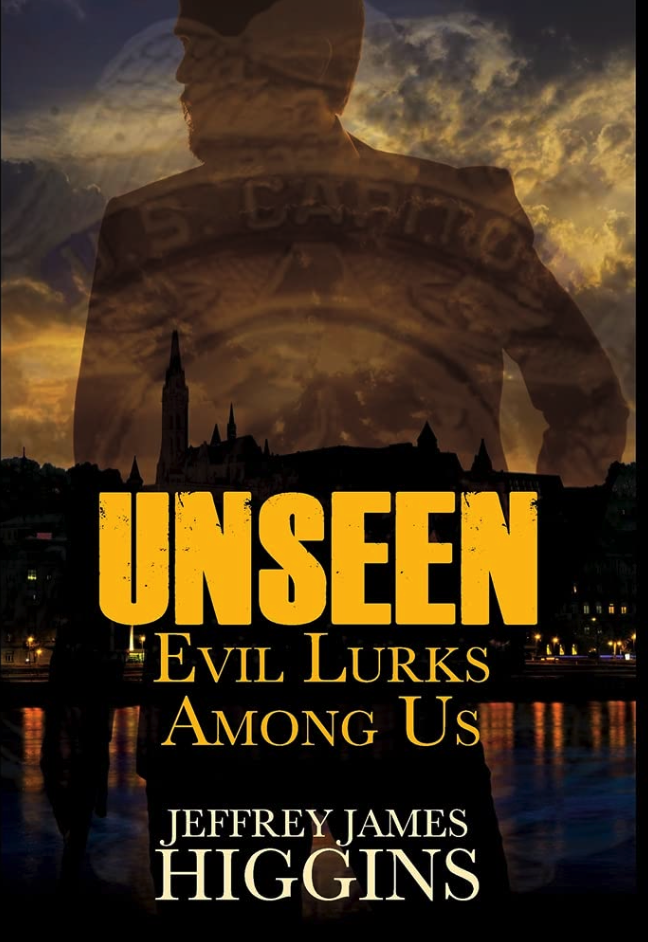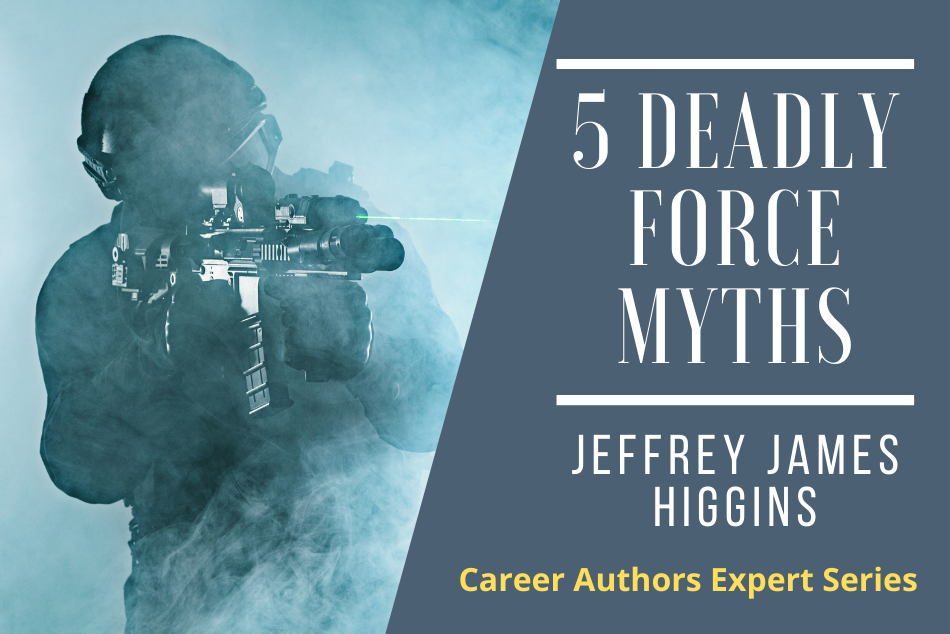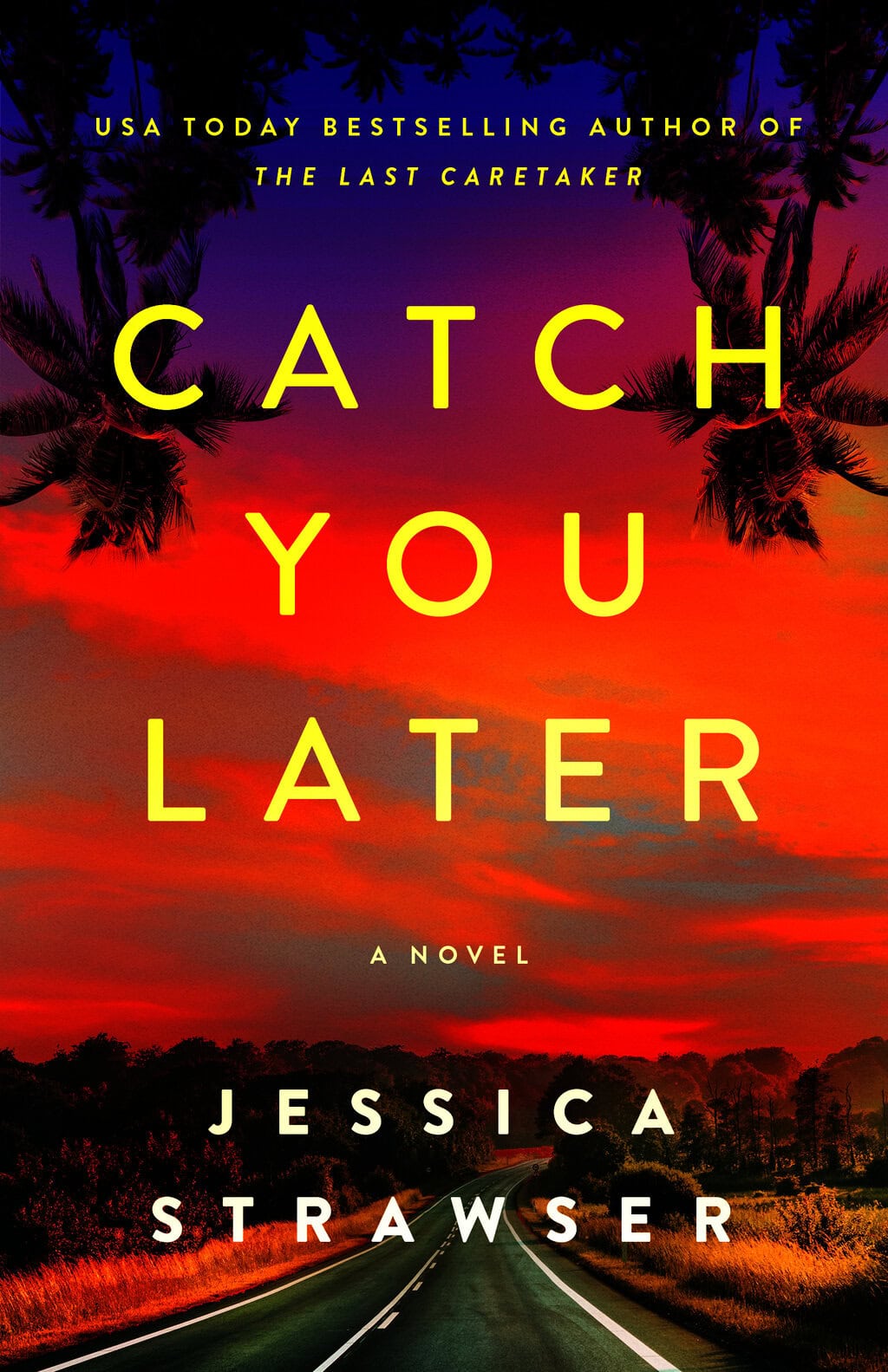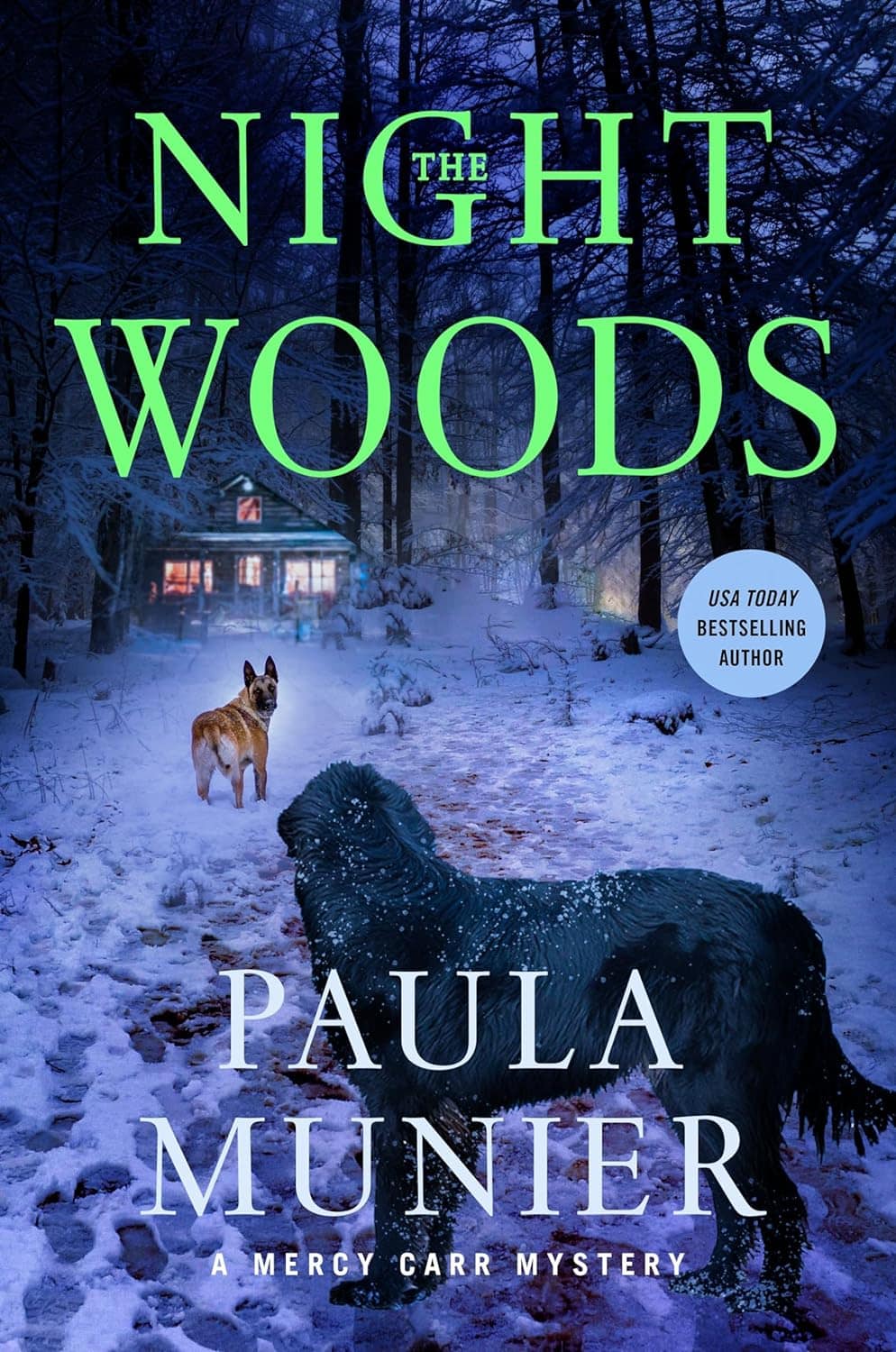I’ve fought the Taliban in combat, wrestled a suicide bomber, and hunted terrorists around the globe. I’ve been shot at more times than I care to count. I understand violence, and authors often get it wrong. Twenty-five years as a cop and special agent has informed my thriller writing and shown me common mistakes writers make when describing deadly force.
Here are five personal experiences that highlight those errors.
Myth #1: Shooting to Wound
My Experience
Music from a block party drifted through the air as I followed Eddie, my Sheriff’s Office field training officer, down the street to confront a drunk guest causing a disturbance. We approached a single-story residence where an inebriated man argued with a young woman on the front stoop.
Bang.
The gunshot sent a wave of adrenaline through me. The woman crumpled to the ground, and the man spun around holding a handgun. I broke leather and drew my Sig Sauer .45 as I darted out of the driveway. Eddie dove behind a parked car for cover.
“Police, drop the gun,” I said. I extended my arms, elbows locked, and closed on the shooter. He looked at me, then ducked out of view. I continued forward.
The man’s semi-automatic handgun poked out from the side of the garage. He aimed at Eddie. I had no time, and my only target was his hand. I centered my front sight on his knuckles and held my breath. Shadows darkened my peripheral vision until his gun hovered at the end of a tunnel. Total focus. I squeezed the trigger.
Pop.
My shot sounded distant because my hearing had shut down. My bullet flashed inches above my target. How did I see that? The suspect dove out of sight. I edged around the corner, ready to fire again. The man tossed his handgun onto the ground and surrendered. But too late—the woman was dead.
The Facts
Departments train police to aim at center mass because hitting a target under stress in a dynamic situation is challenging. Most shootings occur in low-light with a moving target and the peril of death looming. Under these circumstances, most cops miss. A 2008 RAND study revealed an 18% hit rate among NYPD officers. Shooting a suspect in the arm or leg is difficult and may not disable them, which is why cops fire until the threat is gone. Attempting to wound is a myth found only in fiction.
Myth #2: Quick Return to Work
My Experience
We secured the man who murdered the woman, then my corporal confiscated my gun, which was police procedure. I waited in the backseat of a patrol car while the shoot team interviewed witnesses and the forensics technicians gathered evidence. I’d been justified in taking the shot, but worry and self-doubt crept in. Had I done the right thing? Would I lose my job? Would they charge me? It had taken years to become a cop, and now my career was in jeopardy.
The Sheriff’s Office put me on administrative leave while internal affairs interviewed me and reviewed the shooting incident. I had carried a gun every day, but they’d disarmed me, and I stayed home waiting to be exonerated. I had risked my life for the public and followed my training, but being under investigation unnerved me, especially after a critical incident. It felt like an eternity before they allowed me to return to duty.
The Facts
Shootings are traumatic, and Officers in 2022 have it much worse than I did. They’re subjected to lawsuits, civilian review boards, politically motivated prosecutors and politicians, media condemnation, and punitive legal and administrative action—even if they acted appropriately. Those who pull the trigger go through great scrutiny and often spend months under a microscope before returning to duty. If they ever do. Authors miss the chance to show the impact violence has on their characters—even cops.
Myth #3: Most Cops Get into Shootings
My Experience
Black smoke hung in the air after a suicide bomber detonated his vehicle at the front entrance to the forward operating base in Afghanistan, where my team stayed with the US military. The familiar pop of AK-47s filled the air as security forces battled insurgents trying to breach the perimeter. I scaled a rickety bamboo ladder into the turret at the Special Forces Camp on the southern perimeter. I rested my M-4 carbine on a sandbag and stared over concertina wire at fallow fields outside the walls. My partner, Tucker, manned a Mark-46 machine gun beside me.
Something moved in a thin stand of mulberry trees.
A young man wearing a backpack crouched behind a trunk and stared at the camp’s rear entrance, a door guarded by the Afghan Security Guard. I swiveled my carbine and tucked its buttstock tight between my pectoral muscle and shoulder. I watched him through my Eotech holographic sight as he crept closer. If his knapsack held an IED, we were within blast range. Tucker notified the Tactical Operations Center while I tracked the man approaching our base. He could detonate at any moment, breaching the wall and killing the guards below.
I thumbed off my safety and centered my sight’s glowing red reticle on his chest. My fingertip found the trigger’s grooves. My pulse pounded in my ears. The man reached the end of the bushes. I raised my aim for a headshot, afraid wounding him would not stop the detonation. I pulled up the slack on the trigger. Less than a pound of pressure would fire my carbine. I stopped.
Something wasn’t right.
The man’s expression seemed off. I’d been in dozens of violent confrontations, and this man did not look ready to blow himself up. The backdoor banged open below me, and a guard shouted in Pashto. The Afghan security force had received Tucker’s warning.
The suspect stood and raised his hands. Where was the detonator? More shouting. He shrugged his backpack off and dropped it at his feet. Two guards rushed out and handcuffed him. A few minutes later, we received word. The suspect was an off-duty guard who had heard the explosion and come to help. I’d almost killed one of our own.
The Facts
Most of the country’s 700,000 sworn police officers have never been in a shooting. According to a 2017 Pew survey, only 27% reported firing their guns on-duty, despite 83% of the public thinking all cops experienced gunfights. Killing isn’t easy. Evolution, religion, and societal norms make it taboo. Most officers want to protect people and often put themselves at risk to avoid taking a life. Authors should acknowledge that shootings are unusual.
Myth #4: Knocked Out Suspects Remain Unconscious
My Experience
The suicide bomber struggled beneath me as he tried to detonate his bomb. My partner, Tim, grimaced from his broken leg, but he grasped Shaheed tight around the shoulders. An angry crowd surrounded us, fresh from a sermon at the Pul-e-Kheshti Mosque in downtown Kabul. They didn’t know about the explosive device at our feet or the busload of civilians we’d just saved.
My skin burned as dirty water on the wet street seeped into my abrasions. Shaheed reached for the detonator in his pocket, and I strained to hold his slippery wrist. Adrenaline pumped through my veins, but my muscles weakened as the fight continued. Fear only kept fatigue at bay for a short time. The crowd closed in.
The bomber wrenched his hand free.
If Shaheed triggered the device, we were dead. I used my legs for leverage and shoved him onto his stomach, trapping his forearm beneath him. I drew my Glock and angled it against Shaheed’s head. The crowd roared, and a local officer with hate in his eyes ran toward me. I aimed my gun at him, and he froze. A bottle skittered across the pavement a few feet away. We could not hold out much longer.
The air thundered above, and the ground vibrated as an Apache helicopter hovered low over the street. The rotor wash blew clouds of fetid mist into the air, and the crowd retreated. Shaheed grabbed for his pocket again. I holstered and wrenched his arm with both hands. Tim applied a carotid restraint, and the terrorist quivered, then went limp.
I yanked Shaheed’s arm behind his back, and he jerked to life, fighting harder than before. Tim squeezed Shaheed’s neck again, and once more, the bomber fell still. Shaheed’s body thrashed, and I strained to hold on. The crowd parted, and a group of Norwegian soldiers raced through the square. Help had arrived.
The Facts
In novels, cops often knock out criminals with a punch or render them unconscious with a sleeper hold, and suspects remain out for minutes. It’s difficult to punch someone unconscious, and a chokehold is a misnomer because it inhibits blood flow, not air. It’s hard to compress arteries without damaging the throat, which is why police departments classify carotid restraints as deadly force. Whichever way criminals are knocked out, they regain consciousness after seconds, not minutes. Anything longer indicates significant brain trauma, as boxing fans know.
Myth #5: Suspects Stop Fighting When Shot
My Experience
As I arrived at a domestic dispute, the dispatcher updated the call, saying she’d heard shots fired in the background. I requested backup, leapt from my patrol car, and sprinted into the apartment complex. The front of the residence flew open, and a woman bounded out, her face a mask of horror. “He has a gun, and he’s gonna shoot my kids. Please, don’t let him kill my kids.”
No time to wait for backup—not when children were in danger. I entered the dark home and climbed the stairs to the second floor. My flashlight’s beam darted to an open door at the end of the hallway. My heart raced as I inched forward, ready to engage. I gazed into a bedroom. A middle-aged man sprawled motionless on the carpet with his eyes closed and blood pumping out of his chest. A semi-automatic handgun lay on the carpet at his feet.
I called out for the children. A wide-eyed five-year-old poked his head up from behind the bed, then his sister peeked over the mattress beside him. “Run outside and find your mother,” I said. They raced past me and stomped downstairs. This looked like a murder scene, but I needed to secure the gun. I leaned over to grab it.
The man screamed and leapt to his feet. My knees weakened from surprise. He bolted into the hall, leaving a blood trail behind him. I secured the handgun in my waistband and gave chase. My backup arrived as I caught up with the suspect outside. He refused to submit, and we tackled him in the front yard. Later, I learned he had shot himself. Somehow, he survived.
The Facts
In movies and novels, offenders get shot and blown across a room and are instantly dead or dying. A bullet will not knock over a person. Even a fatal wound may not stop a crook from fighting for several minutes, which is why departments train officers to shoot until the threat is eliminated. Incapacitated criminals need to be handcuffed and their weapons secured. Police even cuff criminals presumed dead because, as I learned, sometimes they’re still alive.
I hope these real-world incidents illustrate why action in fiction is often unbelievable. If authors want to write realistic scenes, try to avoid these mistakes.
 Jeffrey James Higgins is a former deputy sheriff and retired supervisory special agent who writes thrillers, short stories, and essays. He has wrestled a suicide bomber, fought the Taliban in combat, and chased terrorists across five continents. He received the Attorney General’s Award for Exceptional Heroism and the DEA Award of Valor. Jeffrey
Jeffrey James Higgins is a former deputy sheriff and retired supervisory special agent who writes thrillers, short stories, and essays. He has wrestled a suicide bomber, fought the Taliban in combat, and chased terrorists across five continents. He received the Attorney General’s Award for Exceptional Heroism and the DEA Award of Valor. Jeffrey  is a #1 Amazon bestselling author with eighteen literary awards. Black Rose Writing published his first two novels, FURIOUS and UNSEEN. Discover his writing at https://JeffreyJamesHiggins.com.
is a #1 Amazon bestselling author with eighteen literary awards. Black Rose Writing published his first two novels, FURIOUS and UNSEEN. Discover his writing at https://JeffreyJamesHiggins.com.





